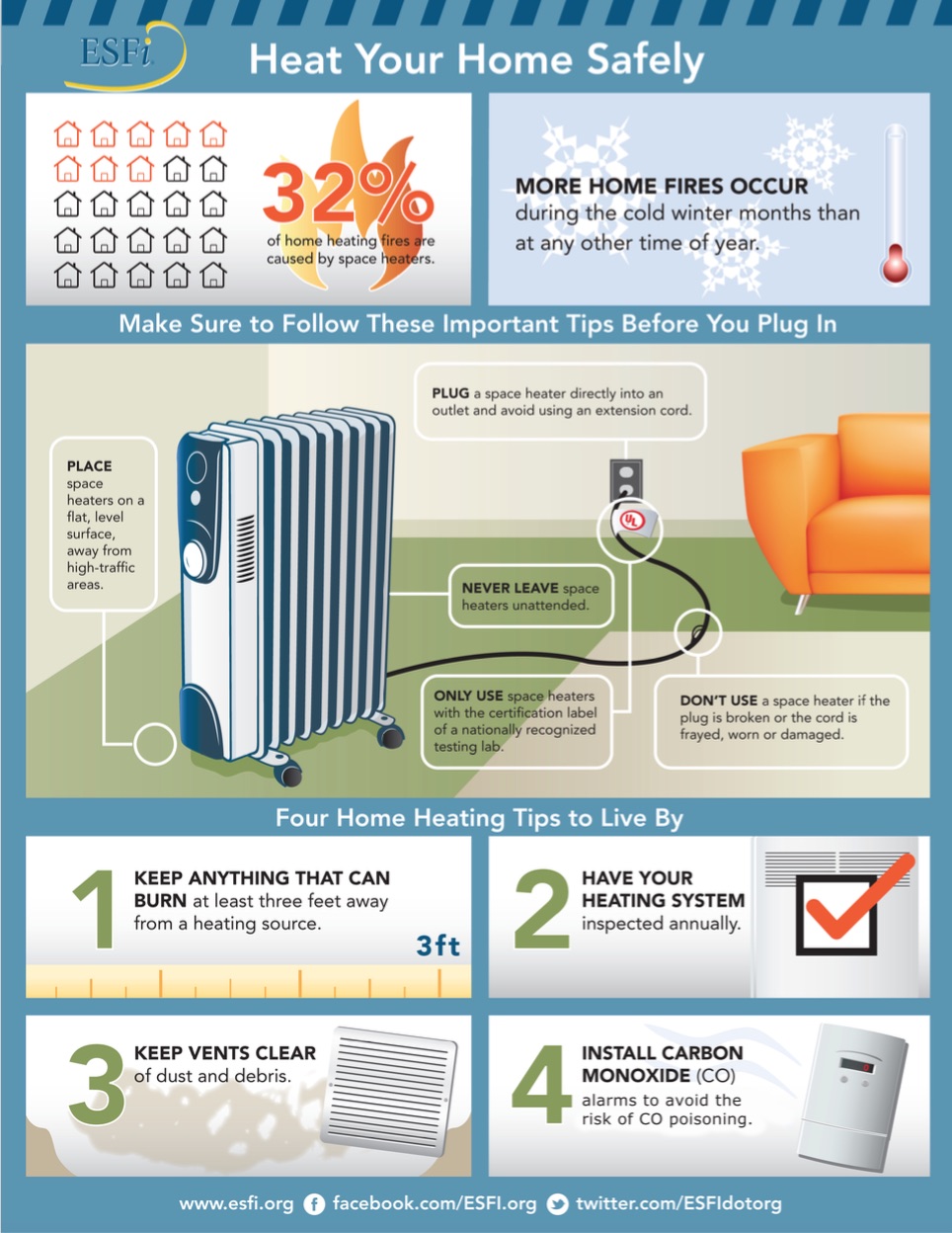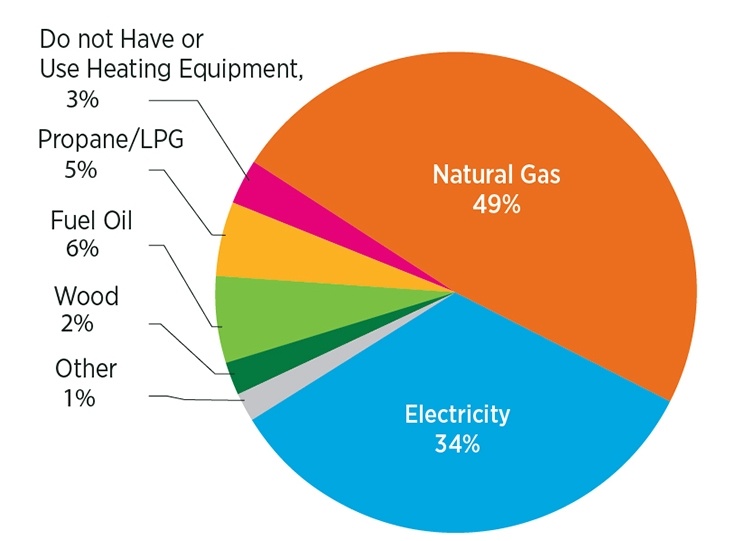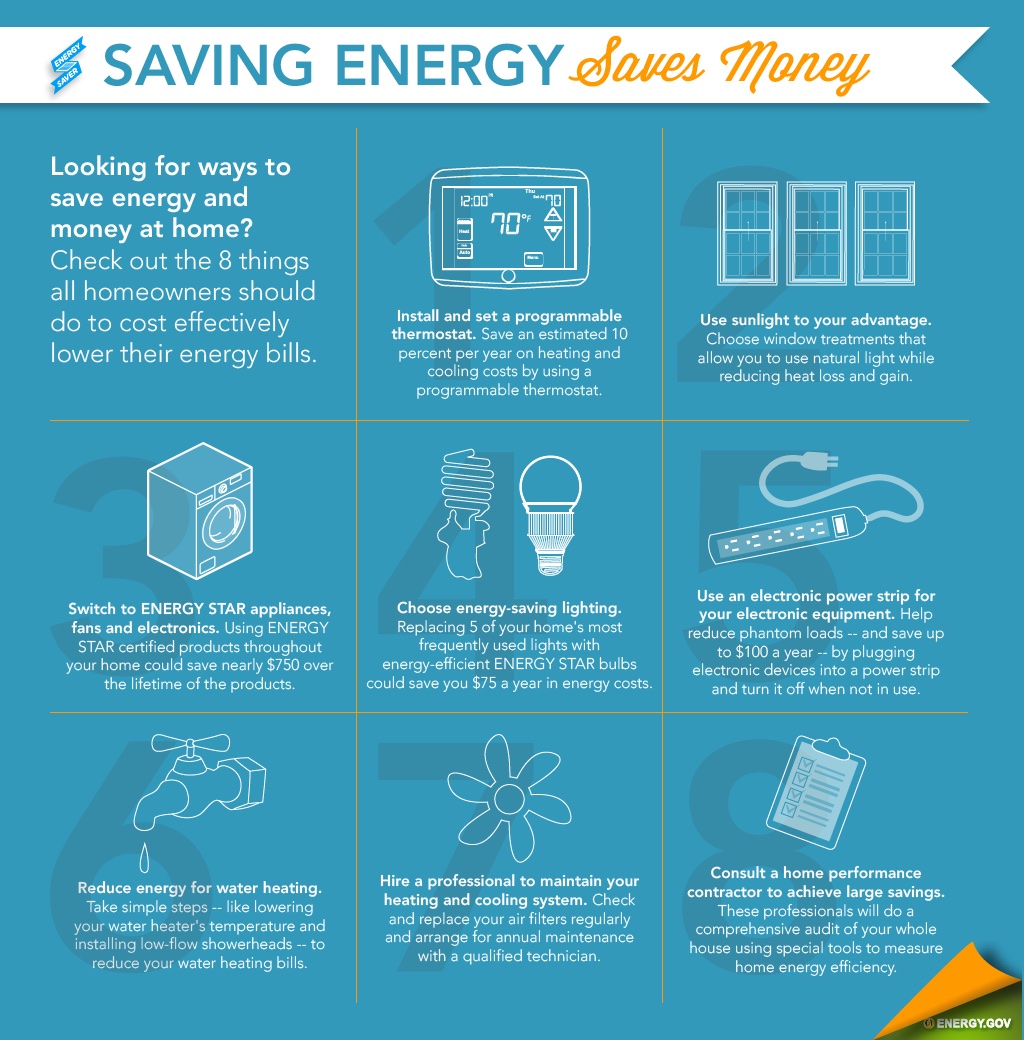Energy Wars: Heating System Types — Which Fuel Is Best?
Enjoy reading the latest DIY articles and saving money?
Receive our latest helpful hints, tricks and savings, directly to your inbox.
Posted June 1, 2017
What can a fictional galaxy far, far away teach us about energy efficiency on Earth? Watch the Google Hangout Session with some of the experts at the Department of Energy’s National Laboratories to learn more about the Death Star’s thermal exhaust port, electron beams, and deflector shields:
We can only guess what kind of energy the Star Wars universe used for heating and cooling, destroying planets, and erecting shield gates, but most likely, they are using energy that we can find right here on planet Earth. If you’re looking for the best way to use energy on Earth, here are some of the most common heating methods along with their fuel efficiency rating and our recommendations. Join the Energy Alliance and stand together against the evils of energy waste and inefficiency.
“I’m one with the Force. The Force is with me.”
Energy Wars: Which Heating System Types are Best?
Since space (not outer space) heating is the largest energy expense in the average U.S. home and it’s Star Wars season, we thought it would be apropos to have an energy war between the different types of heating systems available to you. Let’s start with the most common heating method and fuel: natural gas furnace.
1. Natural Gas Furnace
The most common type of fuel used to heat a home is natural gas. It’s used in about 60% of American homes (energy.gov).
A natural gas furnace, sometimes generally called a “central heating system,” uses a blower motor and air ducts to distribute warm air that is released via registers/grills. Furnaces are also known as “ducted” systems.
Furnaces can use a variety of fuels to create heat. Natural gas is the most common type of fuel, but some furnaces run on propane, heating oil, or electricity.
Furnace efficiency is determined by how much fuel is used to heat the home. This is known as the annual fuel efficiency ratio (AFUE). The higher the percentage, the more efficient it is. So, if you see a furnace advertised with a 94% AFUE, that means that 94% of the fuel burned is used to heat the home, with the remaining 6% being lost through the combustion process. This is a very efficient furnace. Most furnaces have an AFUE rating between 60% and 90%. High-efficiency furnaces have AFUE ratings over 90%.
If you have a furnace with an AFUE rating below 80% consider replacing your unit for a more efficient one. The average life expectancy of a natural gas furnace is between 15 and 30 years, depending on regular care and maintenance.
Higher efficiency units take advantage of “wasted” heat by sending the combustion gases through a second heat exchanger. These systems vent combustion gases through a side wall vent as opposed to a flue that goes through the roof.
Learn more about gas furnaces and how to save energy and money with our Furnace Troubleshooting Guide.
2. Boilers
Boilers are named for their purpose, even though the water within the closed vessel does not necessarily heat to a boil. Furnaces carry heat in warm air, while boiler systems are made to first heat water, which will then distribute heat as it passes through radiators throughout the home. Residential boilers will use natural gas or heating oil, however, propane, biodiesel blends, and electricity can also be used.
Boilers do not use the typical duct system we associate with a home furnace. Instead they operate through a pump that circulates water from pipes to radiators and then from room to room. If you’re looking for modifications in your home, it is easier to install “zone” thermostats and controls for individual rooms using a hot water system like a boiler, often called a hydronic system, rather than a forced air system. If you want HVAC zones and don’t have a boiler, consider ductless mini-split systems.
Boilers have an average efficiency rating of 50-90%, making them slightly less efficient than furnace systems. Life expectancy runs about the same, though, at 15-30 years.
The boiler’s main disadvantage is the high cost of installation and the risk of pipes freezing.
3. Electric Space Heaters
Plug-in heaters as they are often called, are relatively inexpensive to purchase, but more costly to use. Most people don’t even realize how electric space heaters work. They think if you plug it in, the heat is magic! However, what is happening is that the space heater is converting electric current from the wall socket directly into heat that then distributes within the space.
The national average on electricity cost is 12¢ kWh for electricity. When using your space heater, it’s going to cost you 18¢ per hour. After short term overuse, your electricity costs will far exceed its original purchase price. This is something to consider before you plug-in the heat this winter.
If you do use space heaters, the most efficient method is to stay near it the whole time and make sure that your central heating system is off. While electricity is very efficient (most is used for direct heating), the high electricity costs make it more expensive to operate compared with combustion appliances.
Make sure you are using proper space heating safety to avoid a dangerous situation:
Source: esfi.org
4. Wood Burning Stoves & Fireplaces
Nothing is more romantic or warming than a wood burning fireplace on a cold winter night. It may look great, but in terms of warming, a fireplace doesn’t have the best efficiency. You also run the risk of polluting your indoor air. If the fireplace does not have a sealing glass door, a fireplace will generally lose more heat than it provides.
If you live in a more rural area, wood heating is not only enjoyable but logical as well. New generations of wood and pellet heating (certified by the EPA) are cleaner, more efficient, and can provide reliable heating. Indoor air quality, efficiency, temperature control and general comfort preferences are all things to consider before stoking the furnace or deciding instead to turn on the thermostat. If you have a modern wood-burning appliance, the best way to maximize your heating efficiency is with some sort of circulation system.
If you do have a wood stove or fireplace, you must have it cleaned and inspected every year. This annual maintenance is also needed for other heating systems.
5. Heat Pumps and Ductless Mini-Splits
Heat pumps are used to both heat and cool the home. They can do this by extracting heat from the surrounding air to heat the home. The refrigerant absorbs the heat and then passes through a compressor, until it releases the heat inside through a fan system.
The two most common types are air-source and ground-source (the third kind is geothermal).
You may not think there is any heat available when it is cold out, but heat pumps can actually pull heat from temperatures as low as -15° C. It uses the same technology that your refrigerator uses to extract heat from the inside and dispense it through the coils in the back. Essentially, the refrigerant gets so much colder than the outdoor air that the heat is absorbed and then dispensed indoors.
Air-source heat pumps are the most common type of heat pump. They are available in a ductless version (known as ductless mini-split) for those desiring HVAC zones in the home.
If you want a more thorough description of how heat pumps and air conditioners get heat from the cold, read this article by Green Building Advisor.
In terms of energy efficiency, heat pumps tend to be a smarter solution in more temperate climates where temperatures don’t drop below freezing. They are an energy-efficient alternative for homes with moderate heating and cooling needs.
Who Wins the Energy War?
On average, a U.S. household spends about $700 on heating using natural gas and around $1,700 on heating using heating oil. Most of the time, natural gas is the most efficient means of heating the home, which is why most American households use it.
Household Heating Systems: Although several different types of fuels are available to heat our homes, nearly half of us use natural gas. | Source: Buildings Energy Data Book 2011, 2.1.1 Residential Primary Energy Consumption, by Year and Fuel Type (Quadrillion Btu and Percent of Total).
While heating systems and fuel types can make a big difference, the best way to save energy and money is by properly maintaining your equipment and insulating your home. With strategic use of thermostat setting, insulation, ventilation, and proper maintenance, you can save around 30% on your heating bill, while reducing energy waste as well.
Before you install or replace a heating system, make sure you improve the insulation of your house first. Improving your home’s energy efficiency could qualify you for a smaller unit, which saves money and energy. Learn How to Winterize Your Home.
Selecting the Right Heating System and Fuel
We work with all types of heating systems. If you’re looking to have something installed, we’ll help you choose from the assortment of quality products we offer for installation. For some of our customers, having a gas furnace makes the most sense. For others, a heat pump or ductless mini-split unit is best. It all depends on your home, so give us a call for your free heating consultation.
When you come to Hiller for your heating needs, we’ll help you evaluate all of your options and find the best system for you and your family. Don’t hesitate to contact us with any questions. We’re available 24/7/365.
Heat Source Summary
Source: energy.gov
HEATING TIPS (via energy.gov)
- Set your programmable thermostat as low as is comfortable in the winter and lower the setpoint when you’re sleeping or away from home.
- Clean or replace filters on furnaces once a month or as recommended.
- Clean warm-air registers, baseboard heaters, and radiators as needed; make sure they’re not blocked by furniture, carpeting, or drapes.
- Eliminate trapped air from hot-water radiators once or twice a season; if unsure about how to perform this task, contact a professional.
- Place heat-resistant radiator reflectors between exterior walls and the radiators.
- Turn off kitchen, bath, and other exhaust fans within 20 minutes after you are done cooking or bathing; when replacing exhaust fans, consider installing high-efficiency, low-noise models.
- During winter, keep the draperies and shades on your south-facing windows open during the day to allow the sunlight to enter your home and closed at night to reduce the chill you may feel from cold windows.





 Daily Promotion
Daily Promotion